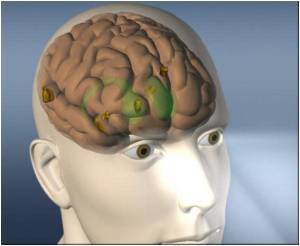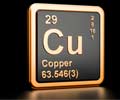
"We knew that the copper was interacting with a certain section of the protein, but we didn't have a model for what was happening on the atomic level," says Frisco Rose, Ph.D. candidate in physics and lead author of the paper describing the research. "Think of a huge swing set, with kids all swinging and holding hands that's the protein. Copper is a kid who wants a swing. There are a number of ways that copper could grab a swing, or bind to the protein, and each of those ways would affect all of the other kids on the swing set differently. We wanted to find the specific binding process that leads to misfolding."
Rose and NC State colleagues Dr. Miroslav Hodak, research assistant professor of physics, and Dr. Jerzy Bernholc, Drexel Professor of Physics and Director of the Center for High Performance Simulation, developed a series of computer simulations designed to ferret out the most likely binding scenario.
According to Hodak, "We simulated the interactions of hundreds of thousands of atoms, which required multiple hundred thousand CPU-hour runs to study the onset of misfolding and the dynamics of the partially misfolded structures."
The number of calculations was so large that Hodak and Bernholc had to devise a new method to make it possible for a computer to process them. Only supercomputers like Jaguar, Oak Ridge National Laboratory's most powerful supercomputer the most powerful in the United States, in fact were up to the task. But the simulations finally revealed the binding configuration most likely to result in misfolding.
Their results appear in the June 14 edition of Nature Scientific Reports.
Advertisement
Source-Eurekalert











